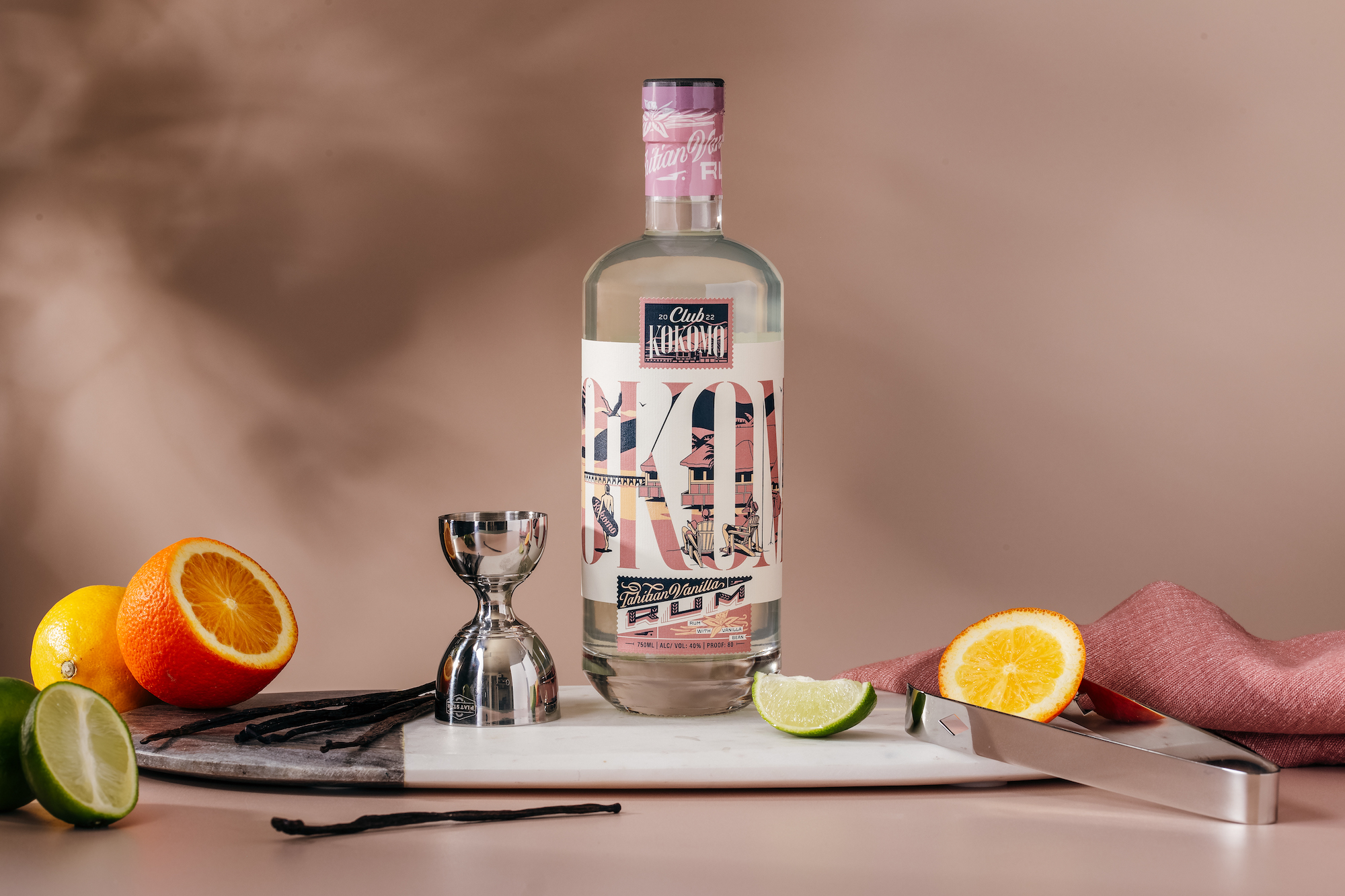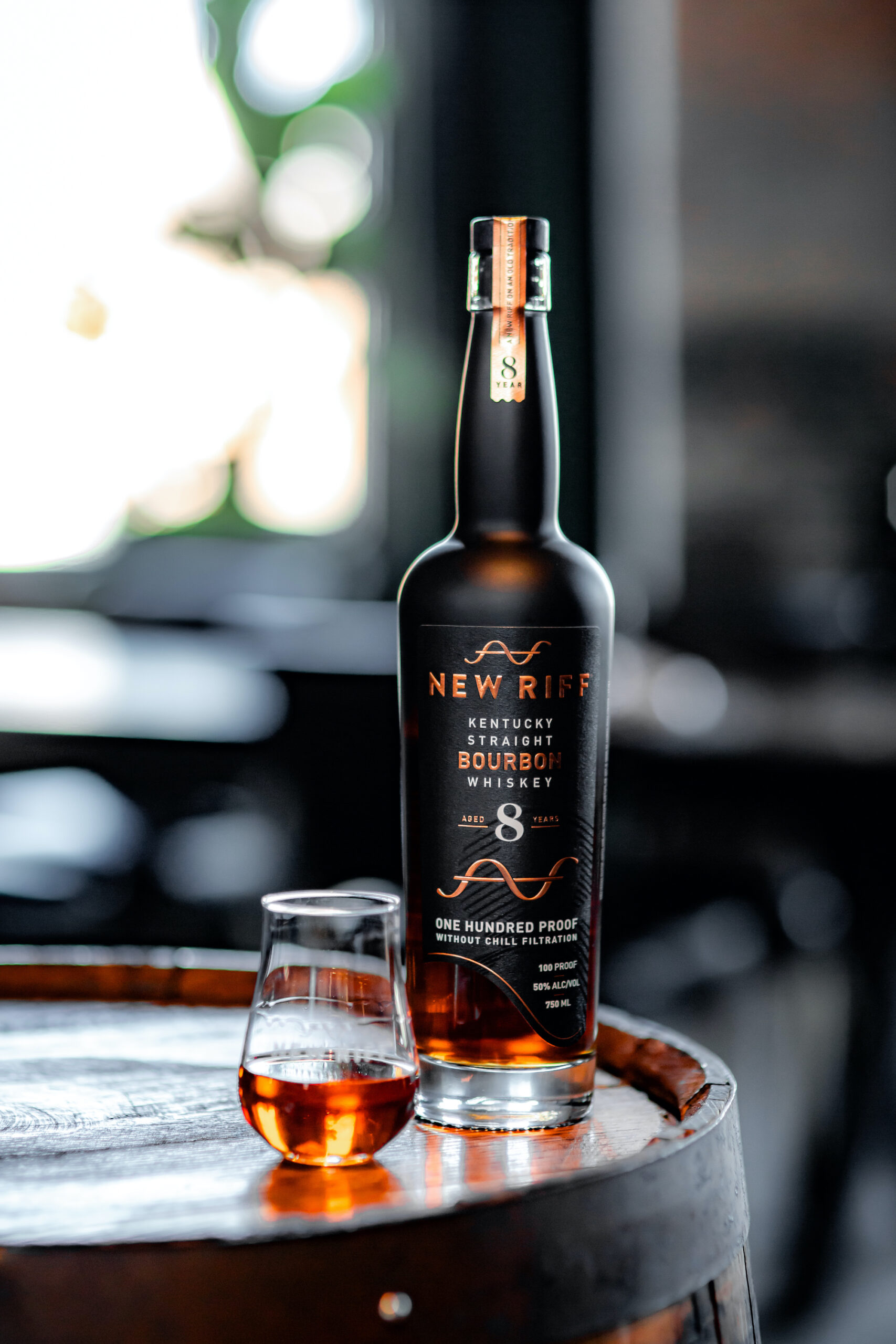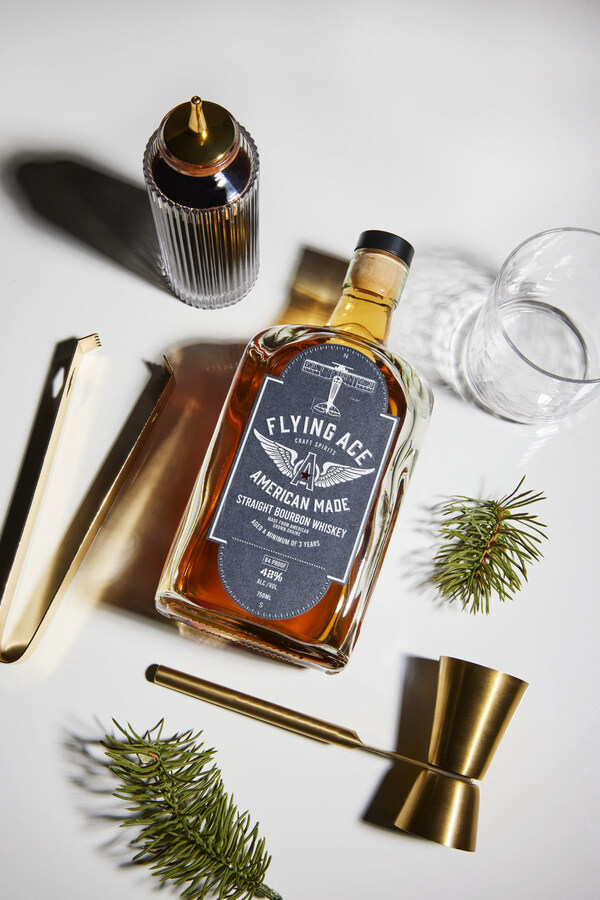 I have been reading a book by Emile Peynaud called “The Taste of Wine”. This book is educational in the science and practice of wine tasting, detailing the senses and how they function, tasting techniques, wine balance and quality, wine tasting vocabulary, and the art of drinking.
I have been reading a book by Emile Peynaud called “The Taste of Wine”. This book is educational in the science and practice of wine tasting, detailing the senses and how they function, tasting techniques, wine balance and quality, wine tasting vocabulary, and the art of drinking.
One topic that I found interesting was the difference between aroma and bouquet of a wine. I hear these terms used regularly but was not clear on how or what they meant with regards to the wine and the person describing the wine.
Aroma and bouquet, with regards to wines, are quite different. Many people confuse the two terms and really lack an understanding of what is being described. Let’s look at wine aroma first. There are three major categories for aromas.
buy levitra soft online https://www.adentalcare.com/wp-content/themes/medicare/languages/en/levitra-soft.html no prescription
First is Primary aromas which are distinct and refer to the grape varietal used in the wine. Examples would be blueberry for Syrah or cherry for Pinot Noir. Secondary aromas are the by-products of yeast activities, pre and post fermentation.
During fermentation as the yeast converts the sugar into alcohol, various substances or chemical groups are developed. These products vary based on the type of yeast used as well as the temperature that the wine was fermented at. A chemical group known as “esters” are responsible for providing the fresh tropical fruit aromas in a white wine. Reverting to my beer brewing knowledge, the effects of temperature on a fermenting beer can be seen in Hefewiezens. If this beer is fermented at a warm temperature flavors of banana and cloves will be dominant. If you ferment this beer at a colder temperature these aromas will be nonexistent. Another influence on wines is malo-lactic fermentations which induces aromas of butter, caramel, etc.
Last but not least are the Tertiary aromas.
Tertiary aromas are developed during post fermentation while the wine is developing (maturing) in oak barrels or bottle. The maturing in a barrel or bottle is where Tertiary aromas are developed. Tertiary aromas are the bouquet of a wine which is the result of the post fermentation and aging process. The bouquet is developed during the aging process (cask or bottle) where chemicals belonging to the family known as “aldehydes” are formed. Adehydes are created by oxidation of the maturing wine. While the term “oxidation” is usually used to say a wine has peaked or gone over the top there are different degrees. This is a topic for another day but suffice to say oxygen is needed for the wine to mature. I found the best explanation of bouquet from Robert Parker who describes it ” As a wine’s aroma becomes more developed from bottle aging, the aroma is transformed into a bouquet that is hopefully more than just the smell of the grape.
buy clomid online https://www.adentalcare.com/wp-content/themes/medicare/languages/en/clomid.html no prescription
”
I found this subject quite interesting in that the primary and secondary aromas blended together along with continued development of the wine in the presence of oxygen creates what is termed as the bouquet of a wine. The better the wine, the more complex the bouquet.
Cheers,
Rusty Sly









